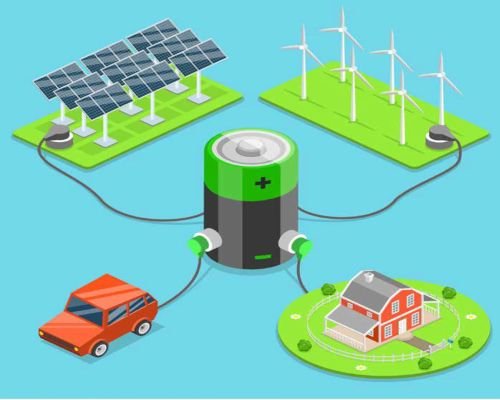Over the past decade, zillions of hours and billions of dollars have been invested in figuring out how to make solid-state lithium-ion batteries. Now it seems lithium iron phosphate (LFP) batteries may be about to change the conversation completely.
One of the features of LFP batteries is they don’t use cobalt.
No cobalt means less expensive batteries, which allows manufacturers to lower the price of their electric vehicles. Cheaper EVs will lead inexorably to more EVs. It’s a simple as that.
The second feature in favor of LFP batteries is long life. These can last twice as long as current batteries and are going to be less expensive too.
With lithium iron phosphate, which eliminates both nickel (this is the second most expensive component of batteries) and cobalt, there is a possible pathway for getting battery prices down to as low as $80/kWh.
Bloomberg New Energy Finance, expects battery cell prices to go below $100 per kWh by 2024 at the latest and to drop to $60 per kWh by 2030.
Many believe Tesla is planning to bring this (LFP battery technology) back. But if so, Tesla is hedging its bets by signing a long term supply contract with Glencore for cobalt, presumably for the batteries it will use in cars produced in Berlin and Shanghai.
Tesla is aware that it is going to be hard to get below $100 per kilowatt with current cobalt and nickel chemistry.
Reference- Wikipedia, BloombergNEF, Clean Technica
